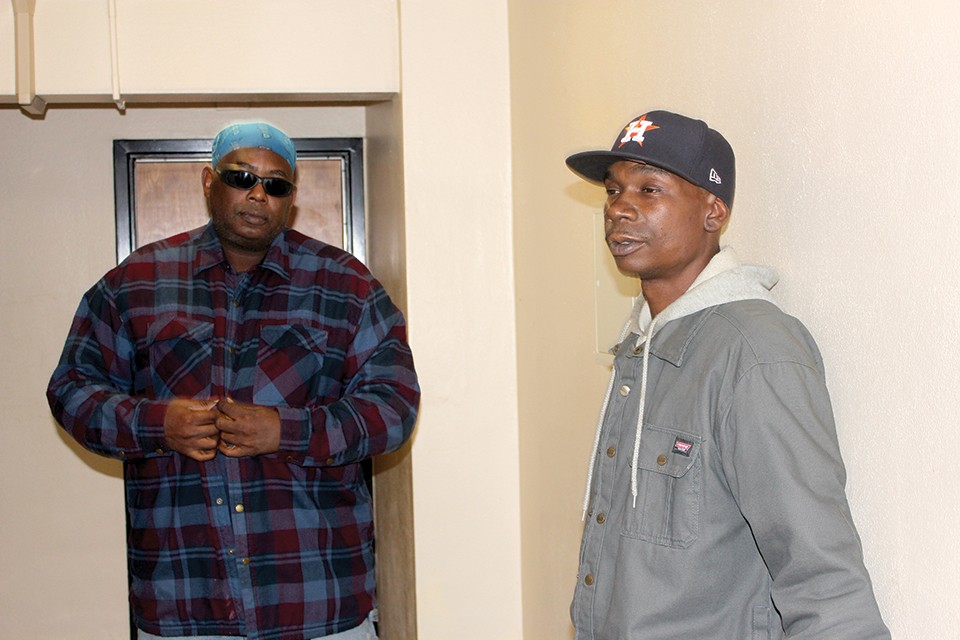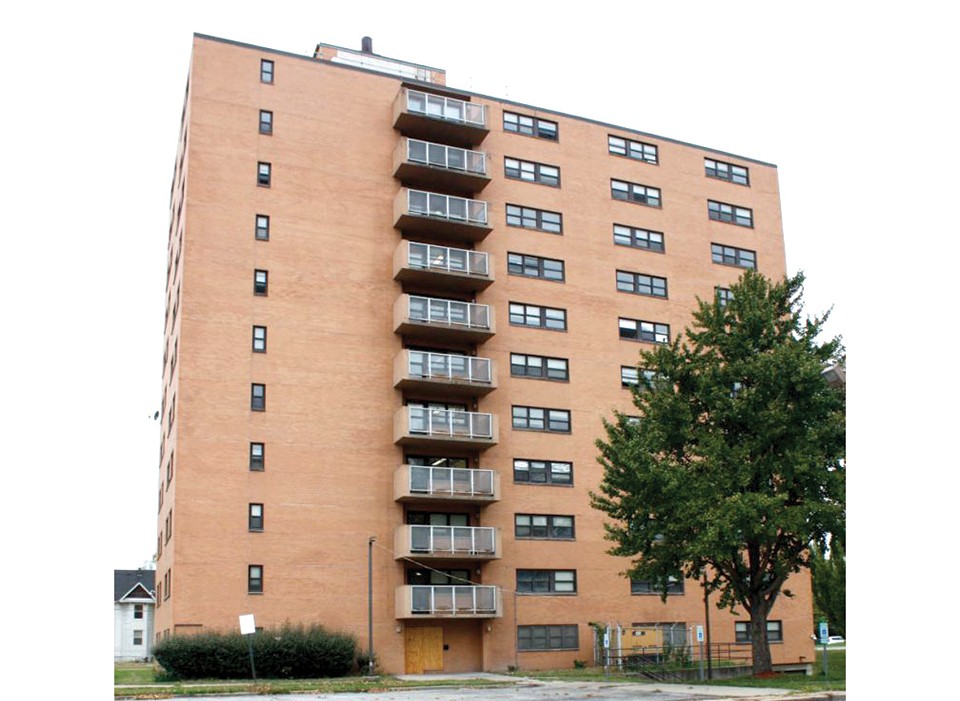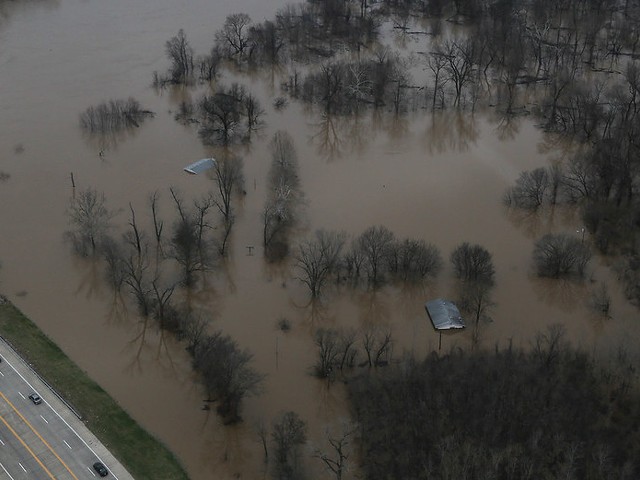Given the ESLHA's extremely checkered history, Lansdowne's fate shouldn't come as a surprise. The housing authority's scandals and myriad failures are so well documented that they have become a sort of lore. A particular low point came in July 1984, when ESLHA's director Wendell Wheadon was indicted on eighteen counts of conspiracy to defraud HUD of more than $1 million.
The next October, fed up with the corruption, HUD snatched the reigns of the ESHLA, which it oversaw for 30-odd years. In September of 2017, HUD Secretary Ben Carson returned it to local control, giving a flashy, congratulatory speech at the city's administrative building. It didn't seem to matter that 75 percent of the public housing units had failed their HUD inspections a few months before.
Many other American cities have similar tales of mismanagement.
Susan Popkin is an institute fellow and director of the HOST Initiative at The Urban Institute, a Washington-based think tank focused on economic and social policy. She went to high school in St. Louis. She says that the story of Lansdowne is one that has happened over and over again throughout the country. Both large cities and small towns have suffered from a chronic lack of investment in public housing, corruption at the hands of officials and institutionally racist government policies.
"In most cities these high-rises were built in areas that were predominantly African American and cut off from other parts of the city .... They were very segregated," Popkin says on the phone from her office. "HUD and Congress did not provide enough money to maintain them."
The average public high-rise in America is more than 50 years old and incredibly expensive to keep up to code. When they inevitably deteriorate, housing authorities are forced into the difficult choice of displacing residents against their will or allowing them to remain in dangerous, inhumane situations.
"Involuntary displacement is traumatizing, it's horrible," Popkin says. "But it's also absolutely awful to leave people in housing that is unsafe and has health hazards." She contends that what is missing from the situation is an effort to give people dignified housing, employment opportunities and relocation assistance.
Neither the burned-out blocks of East St. Louis or its scandal-scarred city government are in a position to offer that kind of support. The result is a city that is withering on the vine while its public infrastructure crumbles into rubble.

A few weeks after the wrecking ball swings on Brenton, Brown and his neighbor Anthony Conrad play a heated game of NFL Madden on Conrad's PlayStation. The friends talk trash as they go tit for tat on long bombs to the end zone.
Conrad's apartment in Rukavina is full of CD towers and giant speakers that he once hauled to DJ gigs. He wears a turquoise bandana, an oversized flannel and a pair of dark sunglasses that mirror the look of some of his favorite old school hip-hop artists. He likes to use the phrase: "When I tell you what I'm going to tell you, you'll know what I'm talking about."
Conrad is 52 and has lived in East St. Louis all his life. He moved to Rukavina in 2004. There were roaches and mice, but he thought that the building was liveable. "My mindset was, 'This is cool for right now,'" he says, as he tries to intercept a pass.
But in 2014, reports of bedbugs echoed through the halls. At this subject, Conrad's easygoing demeanor shifts toward anger. Bedbug infestations are a particularly sore spot with residents. Motley confirms that "bedbugs initially became an issue in 2015. The situation worsened in 2016 [and] 2017." She says the housing authority spent approximately $100,000 in capital funds for bedbug remediation, but that wasn't enough to fix the problem.
Even with the issues, Conrad stayed because the place had begun to feel like home. He says when the time comes, he'll either find other public housing or return to a little property he has "across the tracks." He worries that residents "with nowhere to go" will end up homeless.
After a couple more hotly contested rounds of Madden, the duo takes a ride in my car to pick up lunch in the nearby city of Washington Park. In the front seat, Brown quickly takes control of the music, putting on "P.S. Phuk U 2" by Penthouse Players Clique. The song, which features Eazy-E and DJ Quik, is a groovy bop about living the good life.
The music's lavish vibe is incongruous with the scenery outside the car's windows. Driving by the boarded-up Nelson Mandela Elementary School a few blocks down the road, Conrad expresses sadness at the loss of the school, which closed in 2013. "Dope fiends and crackheads went through and took all the copper and plumbing out of the walls," he says. "They just tore the place up. It used to be a cool place for the kids."
After I drop Conrad and Brown back off at Lansdowne, I drive over to the school, slip through an empty window and walk around. Shattered glass covers the floor; the walls are sprayed with graffiti. It's hard to imagine the sound of pencils on paper.







